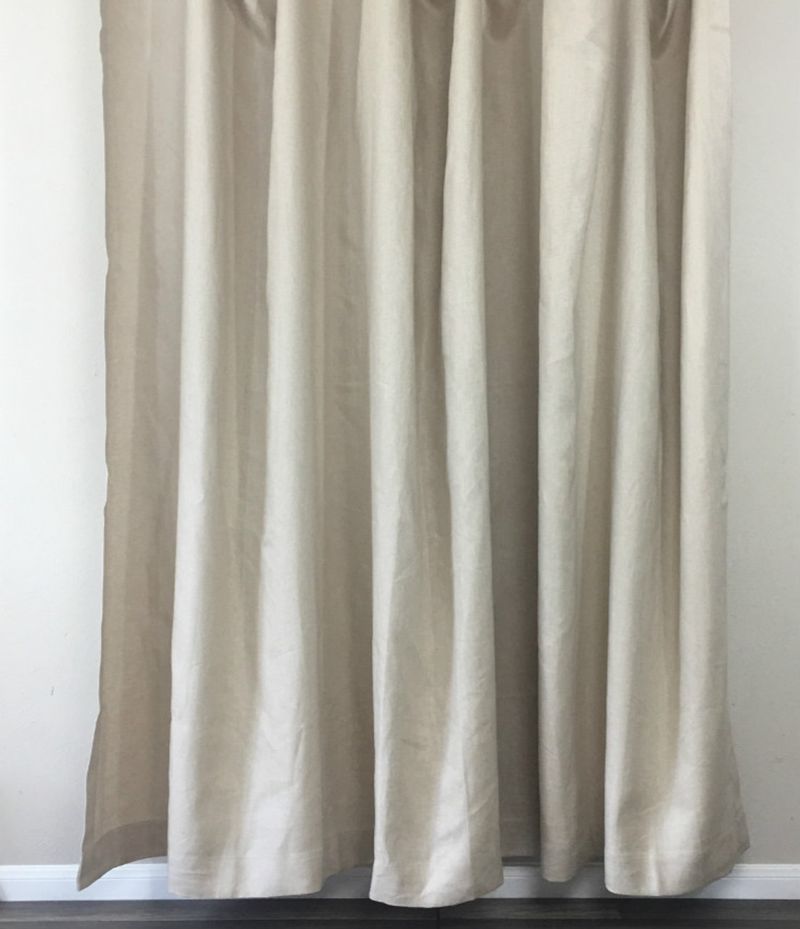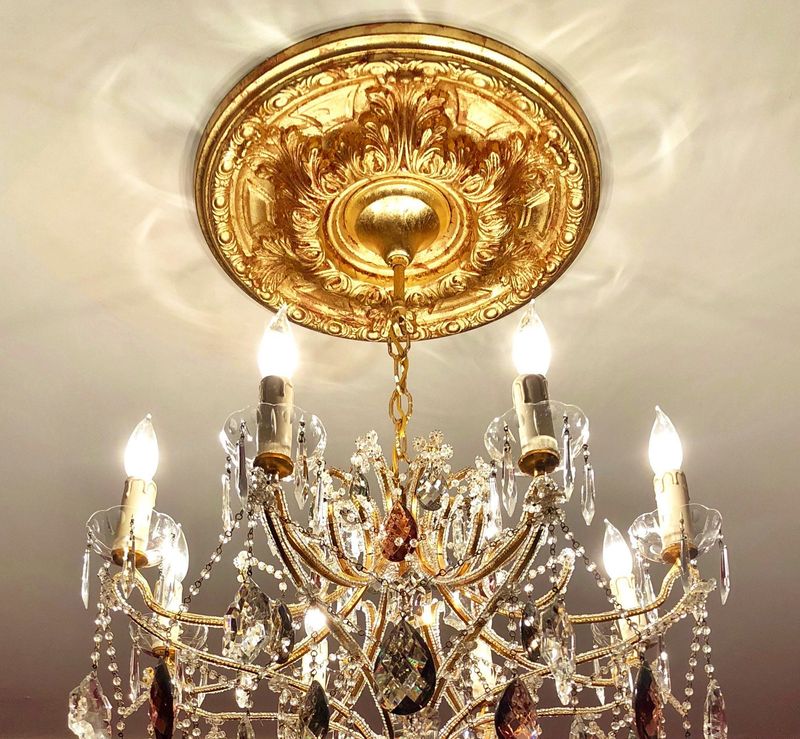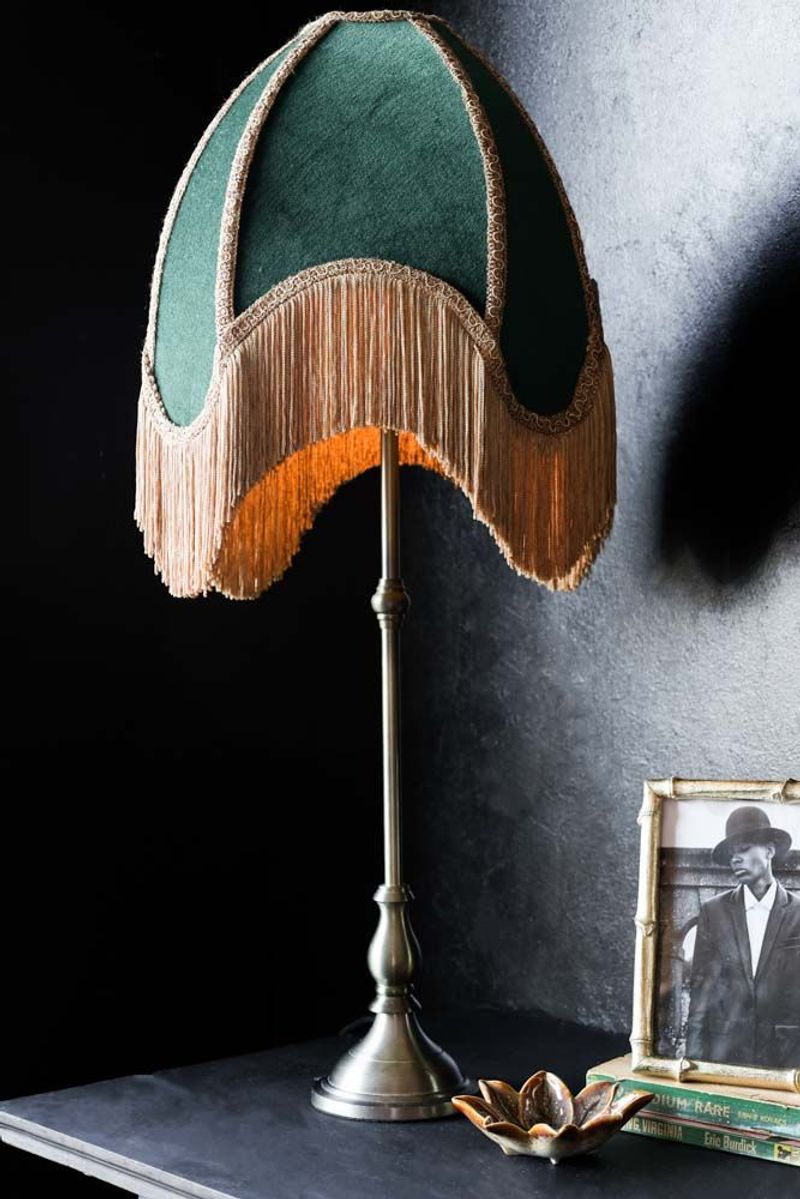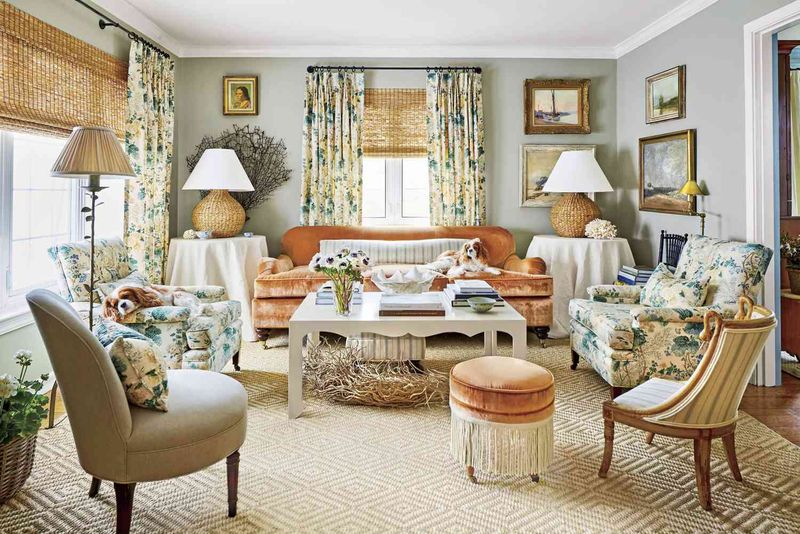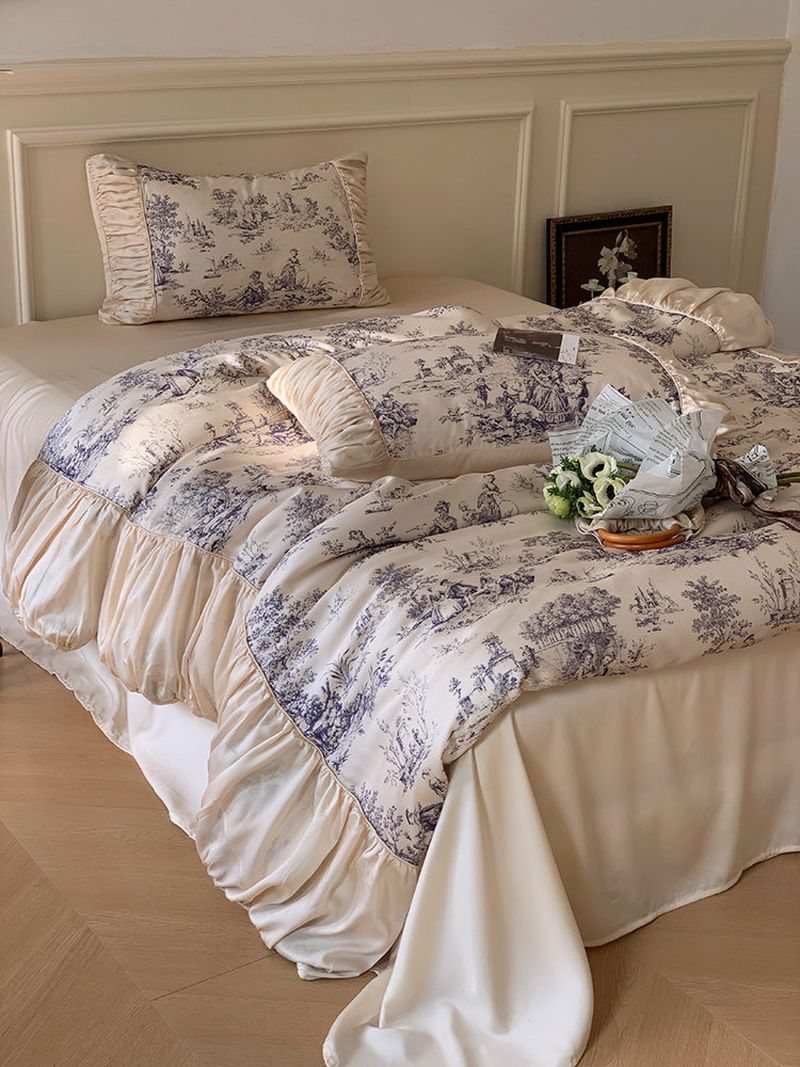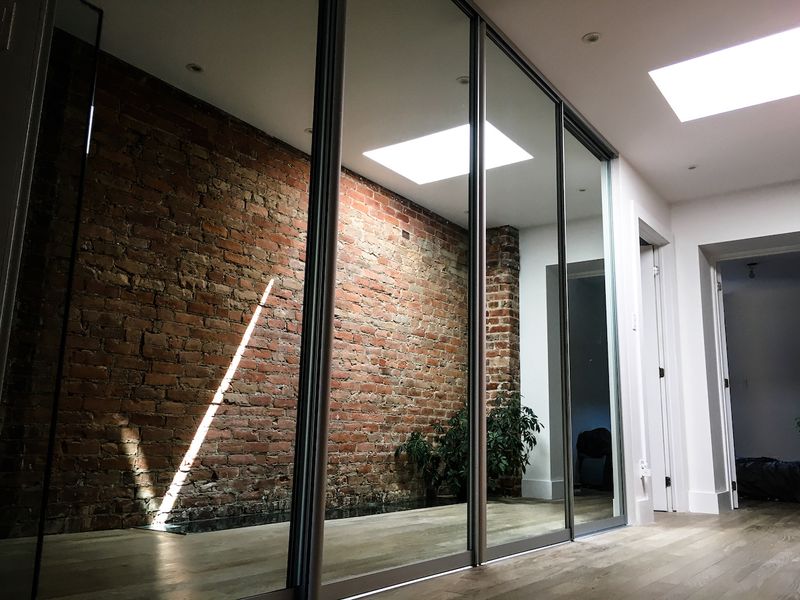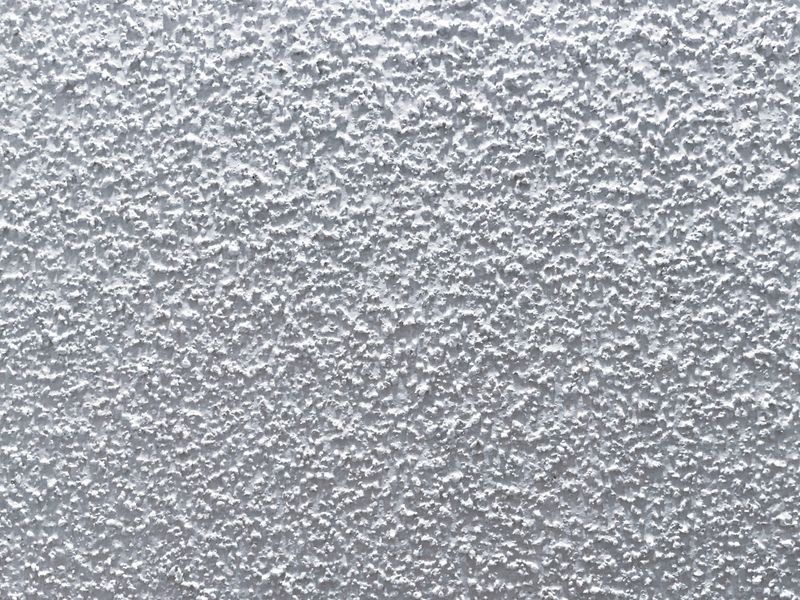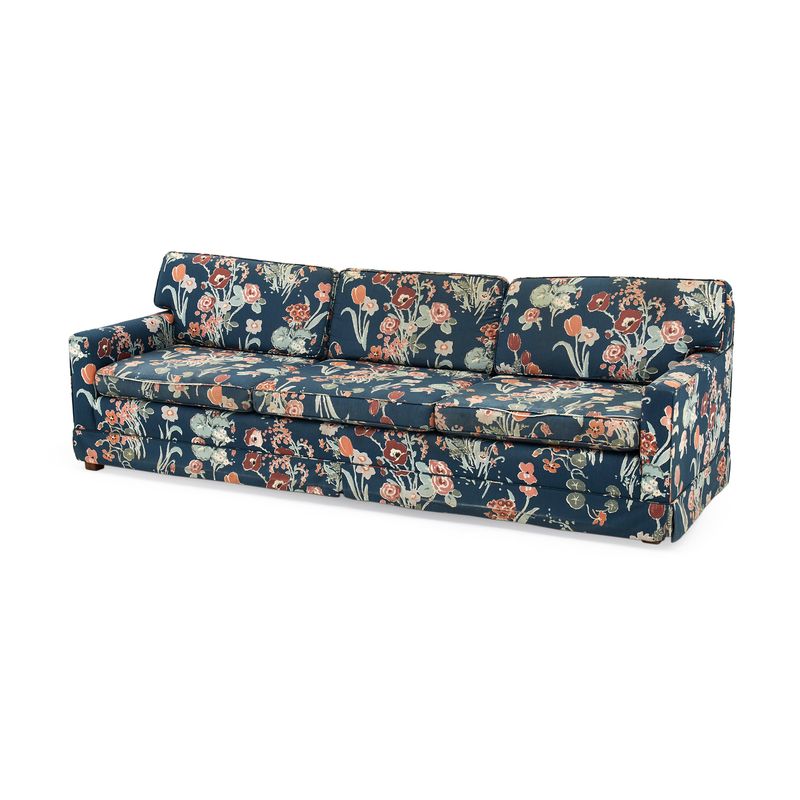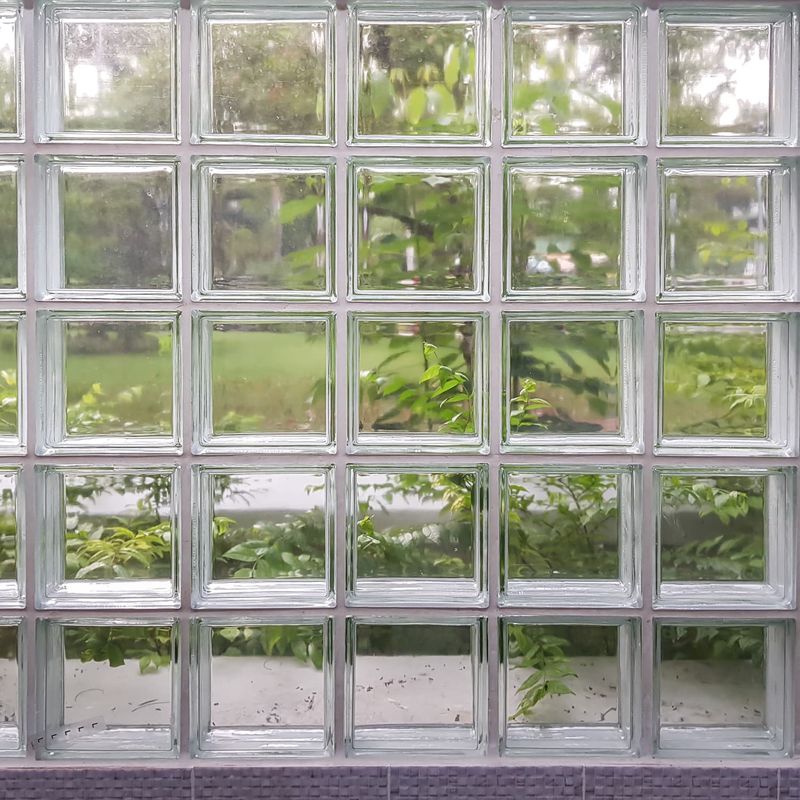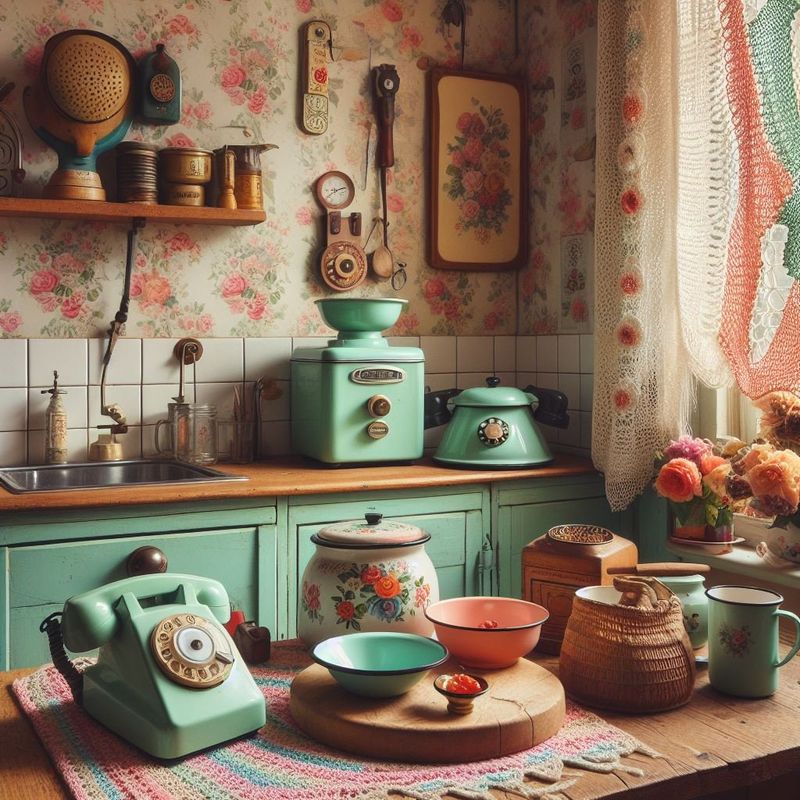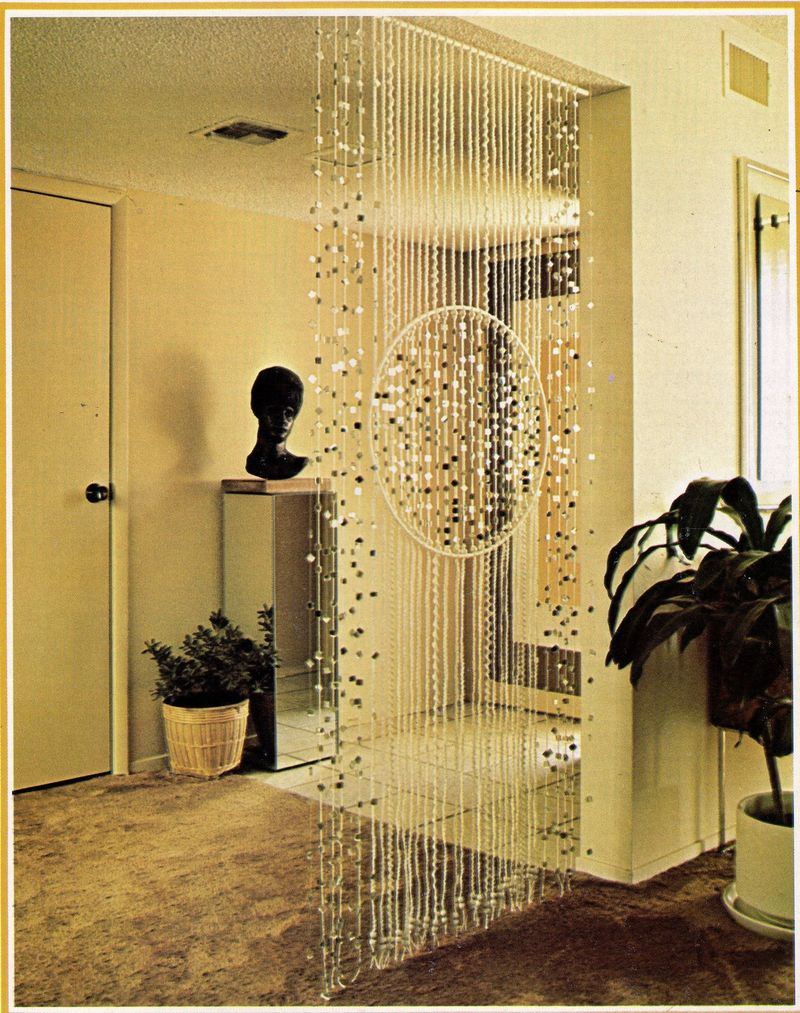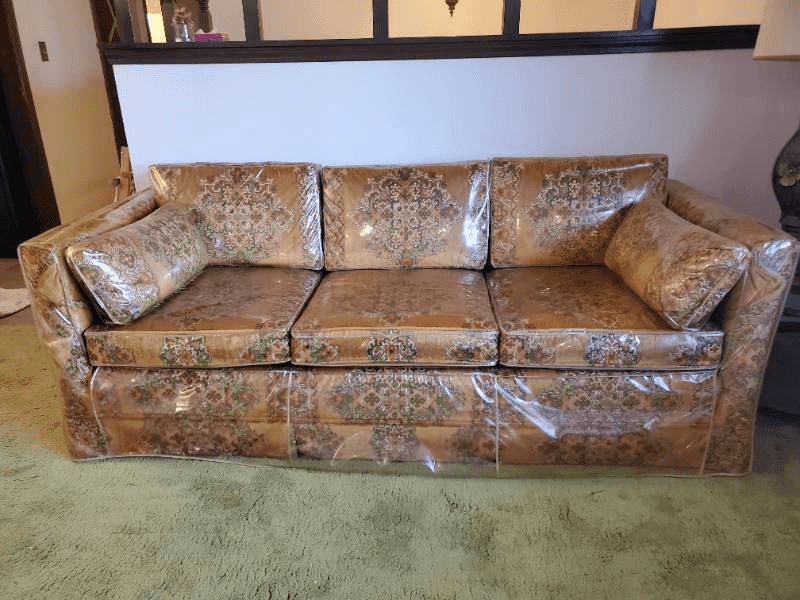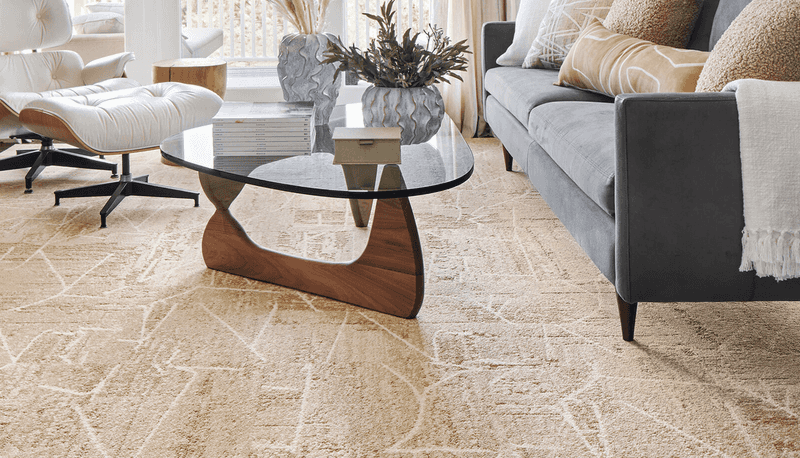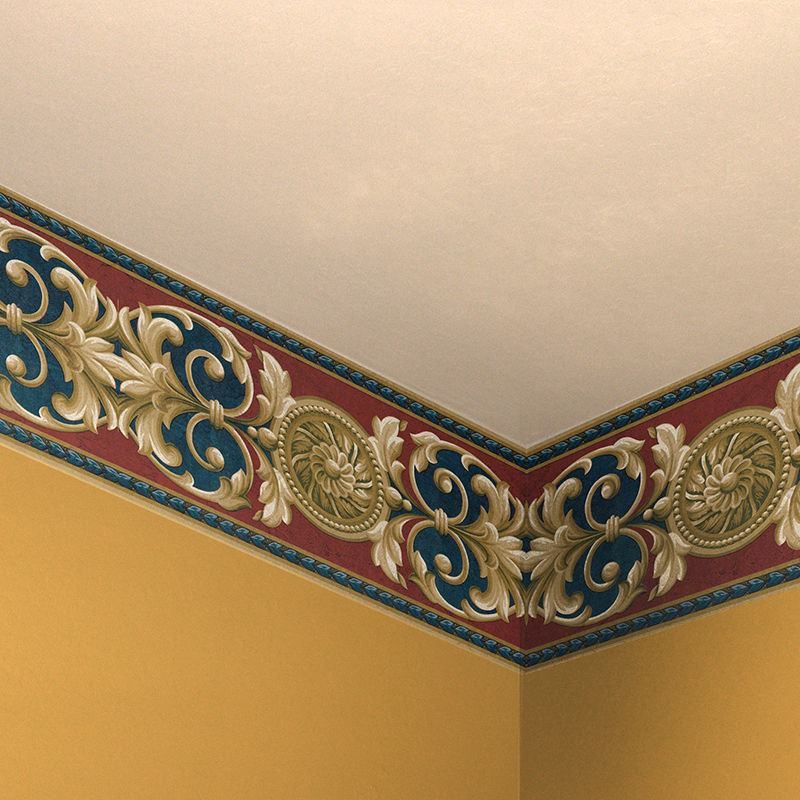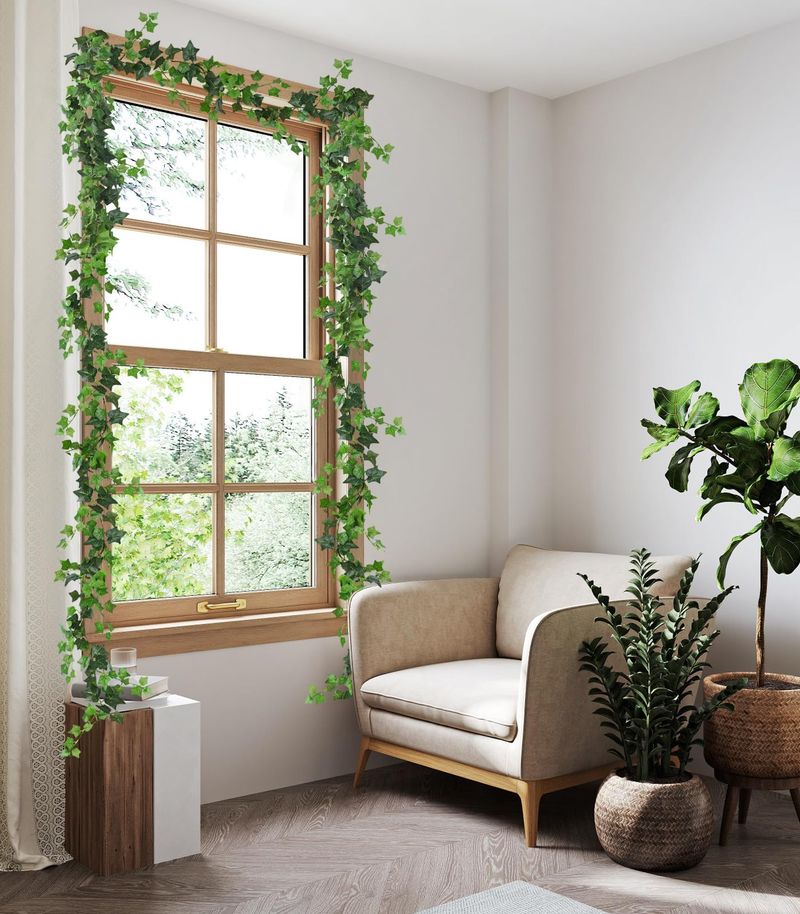Antique and vintage style will always have a place – but not every old trend deserves a comeback. Some pieces that once felt charming now read as dated, overly fussy, or just plain tired.
As design tastes shift in 2025, certain beloved throwbacks are starting to lose their grip, making room for more modern interpretations of the past.
And a few trends? They probably should’ve stayed packed away in the attic. These are the vintage looks falling out of favor fast.
1. Heavy Drapes
These bulky window treatments not only collect dust but also block natural light that modern homeowners crave.
Contemporary spaces now favor minimalist window coverings like roller blinds or sheer panels that maintain privacy without the visual weight. The shift reflects our growing appreciation for brighter, airier spaces that feel more connected to the outdoors.
2. Ornate Ceiling Medallions
While architectural details remain popular, those oversized, highly decorative ceiling medallions surrounding light fixtures are falling from grace. Their elaborate scrollwork and Victorian-inspired designs clash with today’s preference for subtle elegance.
Homeowners now lean toward simpler ceiling treatments or architectural elements with cleaner lines. The shift represents a broader move away from excessive ornamentation toward more thoughtful, intentional details that complement rather than dominate a space.
3. Velvet Fringe Lampshades
Imagine walking into a vintage store and spotting those dusty lampshades adorned with dangling fringe and velvet trim. Once considered the height of sophistication, these ornate lighting accessories now read as fussy and outdated.
Modern lighting design embraces clean lines and simple materials. The elaborate decorative elements that once signaled luxury now appear excessive and impractical, especially as today’s homeowners prioritize function alongside form in their lighting choices.
4. Matching Furniture Sets
Remember when buying an entire living room suite was the pinnacle of home decorating? Those days of perfectly coordinated sofas, loveseats, and armchairs are fading fast as eclectic styling takes center stage.
Today’s homeowners prefer curated spaces that tell personal stories through diverse furniture pieces. The matchy-matchy approach now feels rigid and impersonal compared to thoughtfully mixed elements that create more dynamic, lived-in spaces with character and warmth.
5. Ruffled Bed Skirts
Farewell to those frilly fabrics that once cascaded from mattresses to floor! Ruffled bed skirts with their gathered pleats and sometimes lacy edges are rapidly disappearing from stylish bedrooms.
Clean platform beds and simple box springs with exposed legs represent the new aesthetic. Modern bedroom design values simplicity and ease of cleaning, making the dust-collecting, fussy bed skirt seem like an unnecessary complication in contemporary sleeping spaces.
6. Mirrored Wardrobe Doors
Those wall-to-wall mirrored closet doors that once dominated bedrooms are sliding out of fashion faster than you can say “1980s revival.” While they created the illusion of space, their dated appearance now feels more budget motel than sophisticated home.
Current design trends favor wardrobes with textured panels, natural wood finishes, or sleek painted surfaces. The shift reflects our growing desire for warmth and character over the cold, reflective surfaces that defined previous decades.
7. Popcorn Ceilings
If you’ve ever stared up at a ceiling covered in that spray-on stucco texture, you know exactly what’s rapidly disappearing from stylish homes. Once prized for hiding imperfections and dampening sound, popcorn ceilings now scream “renovation needed!”
Smooth, flat ceilings have become the standard in contemporary design. Beyond looking dated, these textured surfaces collect dust and are difficult to clean, making them increasingly unpopular with homeowners who value both aesthetics and practicality.
8. Floral-Print Sofas
Those bold, busy floral patterns that once dominated living room seating are wilting in popularity. Sofas covered in large-scale roses, peonies, and vines now appear overwhelmingly dated rather than charmingly vintage.
Modern upholstery trends favor solid colors or subtle textures that allow for more flexibility in decorating. The shift represents our evolving preference for furniture that can adapt to changing styles rather than locking rooms into specific design eras.
9. Tinted Glass Block Windows
Remember those bathroom windows made from colored glass blocks that let light in while maintaining privacy? Once architectural statements in 1980s homes, these chunky windows with their blue or pink tints are rapidly falling from favor.
Contemporary design prefers sleeker solutions like frosted glass or smart glass that changes opacity. The bulky appearance and dated colors of glass blocks now mark a home as needing updates rather than showcasing vintage charm.
10. Themed Kitchen Sets
From country apple collections to Tuscan villa scenes, those heavily themed kitchen decor sets are being packed away for good. Complete with matching canisters, clock, dish towels, and wall art, these coordinated themes once dominated American kitchens.
Modern kitchen design favors cleaner aesthetics with personality added through quality materials and thoughtful details. The shift reflects our evolving preference for spaces that feel personally curated rather than purchased as a complete package from a department store.
1. Beaded Curtain Panels
Once considered bohemian and eclectic, those clicking, clacking beaded curtains that separated rooms are swinging out of style. Whether plastic or wooden, these noisy room dividers now feel more dated than distinctive.
Contemporary homes favor architectural solutions like sliding doors or open-concept designs. When separation is needed, today’s homeowners choose options that offer privacy without the constant soundtrack of beads colliding whenever someone walks through.
2. Plastic Slipcovers
Ah, the squeaky sound of sitting on grandmother’s plastic-covered sofa! Those transparent protective covers once preserved precious upholstery but have become symbols of outdated practicality that sacrifices comfort and style.
Modern fabric technologies now offer stain-resistant and easy-clean options that eliminate the need for plastic barriers. Today’s homeowners prioritize creating inviting, comfortable spaces rather than preserving furniture for some future “special occasion” that never arrives.
3. Wall-to-Wall Carpeting
Stepping onto plush wall-to-wall carpeting was once the height of luxury, but this flooring option is rapidly losing ground to hardwood, tile, and luxury vinyl alternatives. Beyond style concerns, the practical limitations have become increasingly apparent to homeowners.
Wall-to-wall carpet traps allergens, shows wear patterns, and proves difficult to clean thoroughly. Modern homes now feature hard surfaces with area rugs that can be more easily replaced or cleaned when trends or needs change.
4. Wallpaper Borders
What once framed rooms with cheerful patterns now looks decidedly stuck in the past. Those thin strips of decorative wallpaper running along the tops of walls have lost their appeal as modern design embraces cleaner lines.
Interior designers now recommend full accent walls or completely paint-finished surfaces for a more contemporary look. The fussy, fragmented appearance of borders disrupts the visual flow that today’s homeowners seek in their living spaces.
5. Faux Ivy Garlands
Crawling across kitchen cabinets and draping over doorways, those dusty artificial ivy garlands once represented an easy way to bring “greenery” indoors. Now they’re recognized as dust collectors that scream 1990s suburban decor.
Today’s plant-loving homeowners prefer actual living houseplants or high-quality faux botanicals with realistic textures. The shift reflects our growing desire for authenticity in home decor, even when opting for low-maintenance alternatives to real plants.


